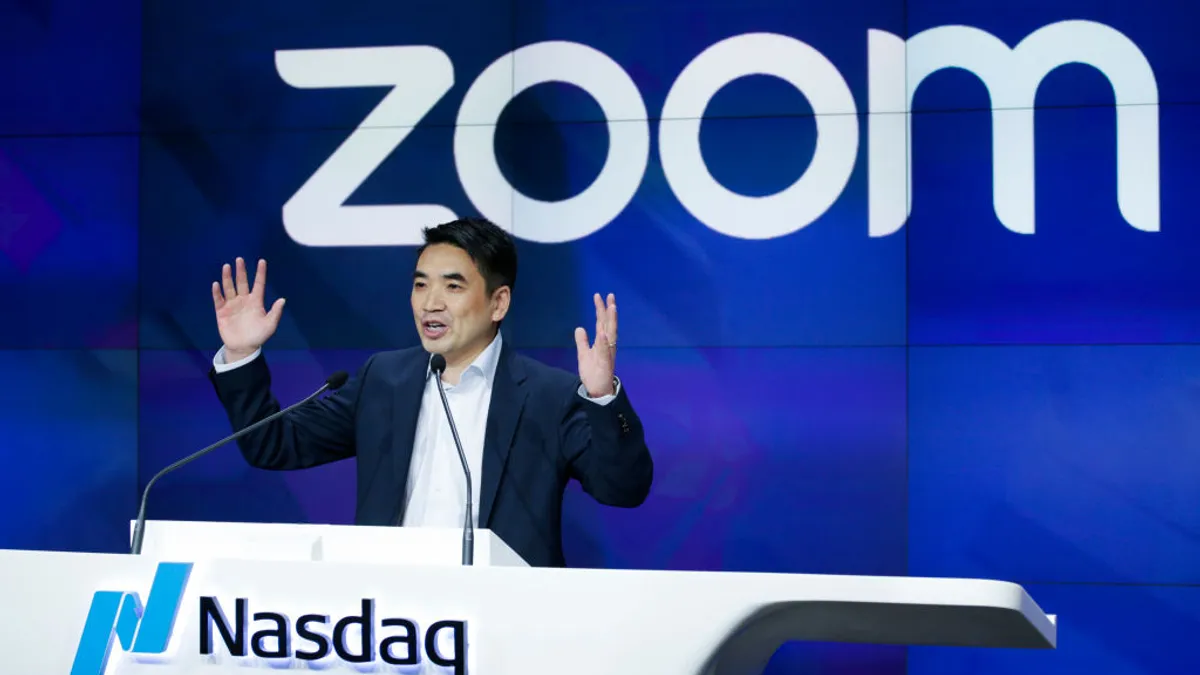In the U.S., East Asian workers — with Chinese, Japanese and Korean ethnicities — are often stereotyped as lacking in creativity, which contributes to their underrepresentation in leadership roles, according to new research from the MIT Sloan School of Management.
Unfortunate stereotypes of East Asian characters in American movies and TV shows portray them as hardworking and “book smart” rather than “street smart.” Despite the educational and economic achievements of East Asians in the U.S., they often face barriers to leadership attainment, resulting in a “Bamboo Ceiling,” the study found.
“If East Asians are perceived as less creative than other ethnic groups, and if perceived creativity is a positive predictor of leadership emergence in the U.S., then East Asians may face challenges in rising to leadership positions,” Jackson Lu, the lead study author and associate professor of work and organization studies at the MIT Sloan School of Management, said in a statement.
“Individuals like Steve Jobs, on the other hand, are often viewed as icons of creativity irrespective of their actual leadership styles,” he said.
In a study published in the Journal of Applied Psychology, Lu conducted two field studies among more than 2,300 MBA students, which showed that East Asian students were seen as less creative than other ethnicities. At the beginning of the MBA program — before students knew each other — classmates perceived their East Asian classmates as less creative. The East Asian students were also less likely than other ethnicities to be nominated and elected as class-section leaders, even after accounting for factors such as assertiveness, leadership motivation, English proficiency and demographics.
After that, in two vignette experiments, Lu found causal evidence that East Asian American leader candidates were seen as less suitable for leadership roles due to perceived lower creativity, even when they had identical profiles to candidates of other ethnicities.
Even though East Asian cultures may promote conformity, humility and acceptance, that doesn’t mean individual workers lack creativity or positive leadership qualities, Lu noted.
“Instead of focusing too much on a leader’s own creativity, organizations should consider encouraging leaders to nurture creativity in others,” Lu said. “A leader doesn’t need to be the primary source of creative ideas but should excel at eliciting creativity from others.”
Even Asian American creative executives face barriers to advancement in their careers, according to a recent report. They noted feeling like their identity was a “double-edged sword,” where they bring diversity and unique insights to the industry but also feel tokenized and seen as a diversity hire.
To support Asian and Pacific Islander workers, companies can take steps to bolster mental health, offer equitable opportunities for advancement and act purposefully with diversity, equity and inclusion efforts.
Employers can also audit their organization for systemic inequities for Asians and Pacific Islanders, share those results, educate leaders and collaborate with workers to build solutions and hold each other accountable for taking action.












